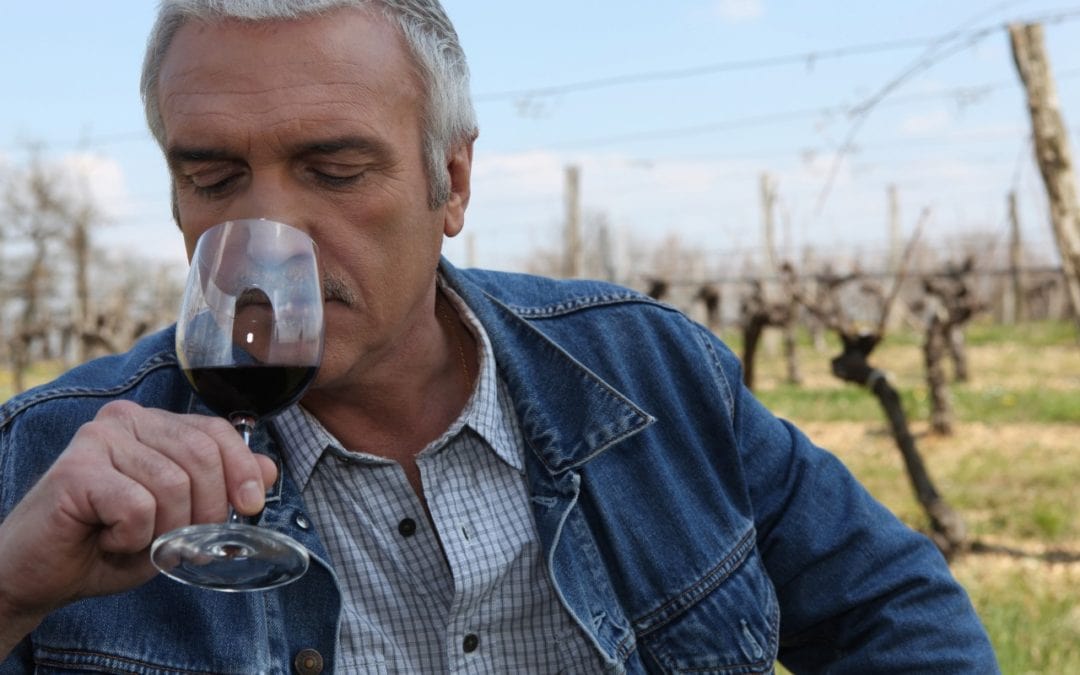Wine tasting is more than just drinking a glass of wine – it’s a multi-sensory experience that involves sight, smell, and taste. In order to fully appreciate the character and quality of a wine, it’s important to engage all of your senses and pay attention to the various elements that contribute to the wine’s overall impression. Swirling, sniffing, and sipping are three essential techniques that can help you to fully explore the wine’s aromas, flavors, and textures. In this article, we’ll take a closer look at these three “S’s” of wine tasting and provide tips on how to get the most out of your wine tasting experience. Whether you’re a beginner or an experienced wine taster, these techniques will help you to fully appreciate and understand the wines you’re tasting.
Swirling Wine
Swirling the wine is an important step in the wine tasting process that helps release the wine’s aromas. By gently rotating the wine in the glass, you can expose more of the surface area to oxygen, which can enhance the wine’s bouquet. To swirl the wine, hold the stem of the glass with your thumb and index finger and gently rotate your wrist. Be sure not to slosh the wine out of the glass or over the rim.
Sniffing Wine
After swirling the wine, it’s time to sniff it and get a sense of its primary and secondary aromas. To do this, bring the glass to your nose and take a few deep breaths in through your nostrils. Be sure to keep your mouth open to allow air to flow in and out as you sniff. This will help to dilute the alcohol and allow you to better focus on the wine’s aromas. As you sniff the wine, try to identify the primary aromas, which are typically associated with the grape variety, and any secondary aromas, which are often derived from the winemaking process.
Sipping Wine
Once you have swirled and sniffed the wine, it’s time to take a small sip and allow it to coat your tongue. Sipping the wine allows you to fully experience its flavor and mouthfeel. As you take a sip, pay attention to the wine’s acidity, tannins, and body. Acidity gives the wine a tart and tangy quality, while tannins are astringent compounds found in the skins, seeds, and stems of grapes that contribute to the wine’s bitterness. Body refers to the weight and fullness of the wine in your mouth. A wine with a full body will feel rich and coating, while a wine with a light body will feel more delicate and subtle.
When sipping the wine, try to identify the primary flavors as well as any undertones or nuances. Some common flavors found in wine include fruit (such as berries, citrus, or stone fruit), herbs and spices, and earthy or vegetal notes. As you taste the wine, try to determine how well balanced it is – that is, whether the acidity, tannins, and flavors are in harmony with each other.
Spitting Wine
After sipping the wine, it’s important to spit it out, especially if you are trying multiple wines in one sitting. Swallowing wine can quickly lead to intoxication, which can interfere with your ability to accurately taste and evaluate the wines. Many vineyards provide spittoons for this purpose, or you can discreetly spit the wine into a napkin or the ground.
In summary, the three S’s of wine tasting – swirling, sniffing, and sipping – are an essential part of the wine tasting process. By following these steps, you can fully experience the flavors and aromas of the wine and gain a deeper appreciation for its characteristics. Swirling, sniffing, and sipping are three essential techniques that can help you to fully explore the aromas, flavors, and textures of a wine. Swirling helps to release the wine’s aromas, while sniffing allows you to identify and distinguish the various scents that make up the wine’s bouquet. Sipping allows you to taste the wine and evaluate its flavors, textures, and overall balance. By practicing these techniques and becoming more familiar with wine tasting terminology, you’ll be better equipped to fully appreciate and understand the wines you’re tasting.
Whether you’re a beginner or an experienced wine taster, these techniques will help you to make the most of your wine tasting experience. So the next time you’re enjoying a glass of wine, be sure to take some time to swirl, sniff, and sip – you’ll be amazed at what you discover!
If you want to learn these techniques first hand, why not take a private wine tour with The Road Butler? Experience a real vineyard away from tourists and learn how to best taste and enjoy an amazing Portuguese experience.

